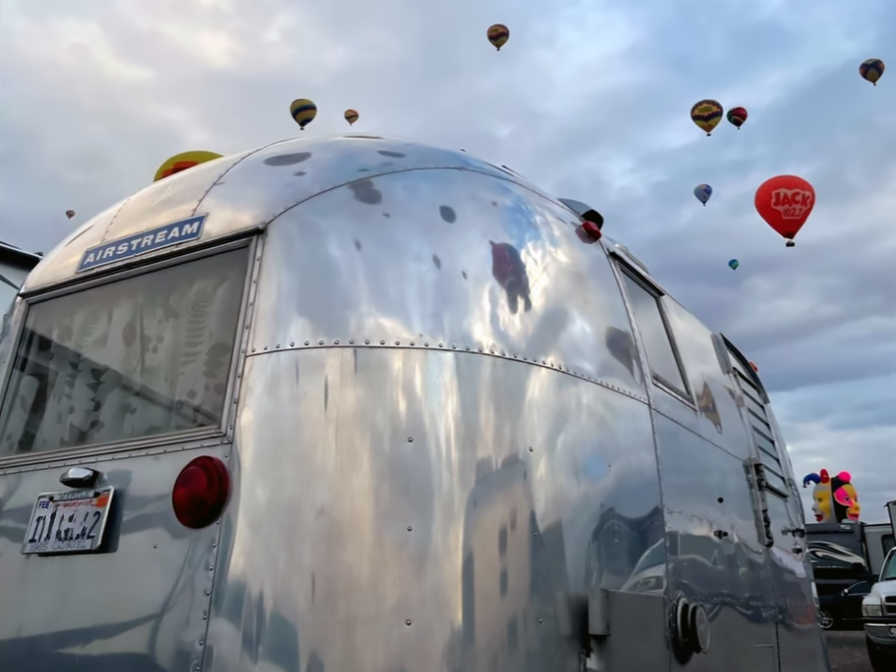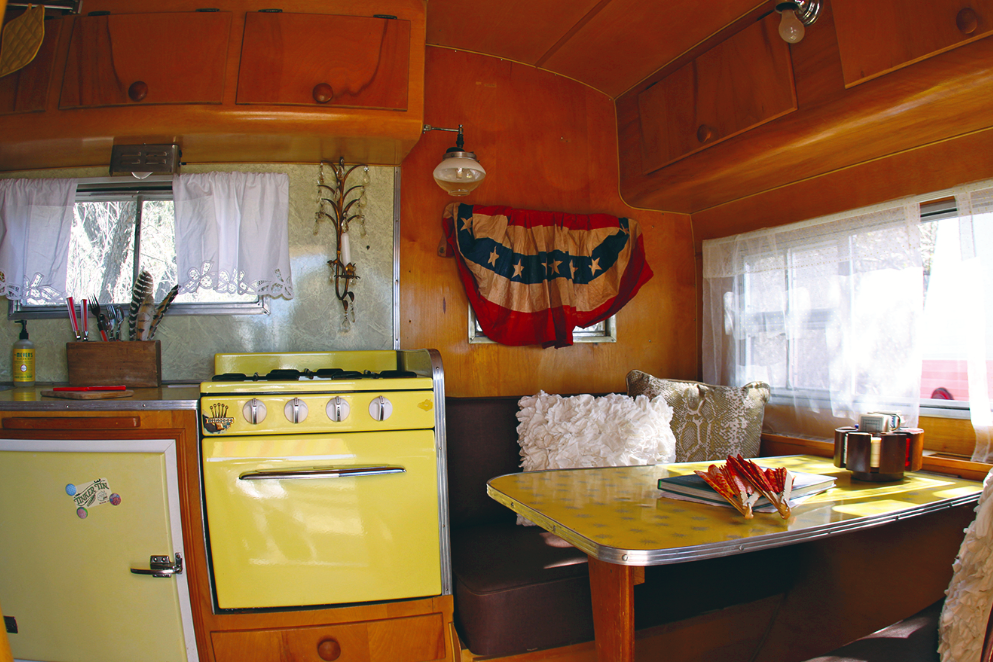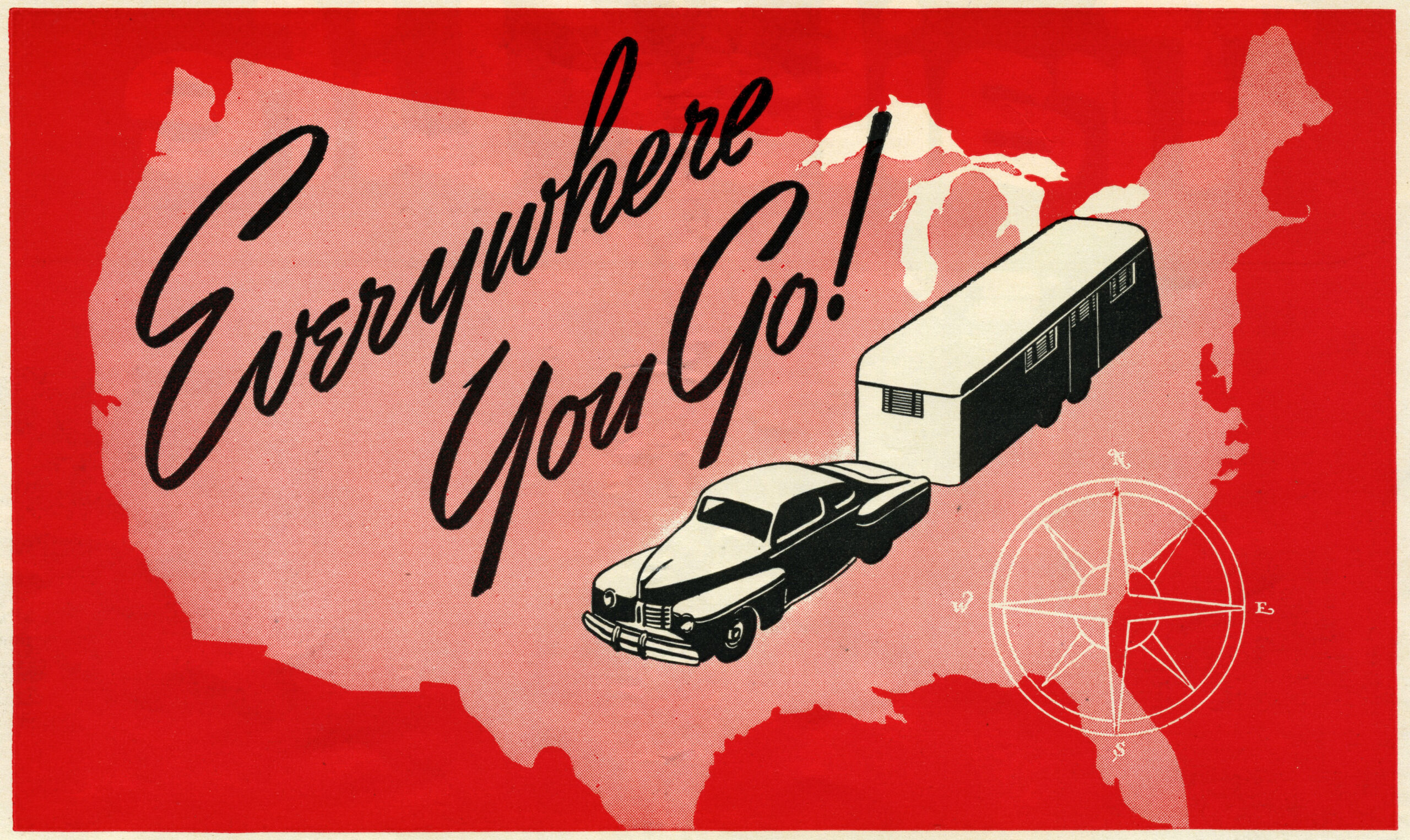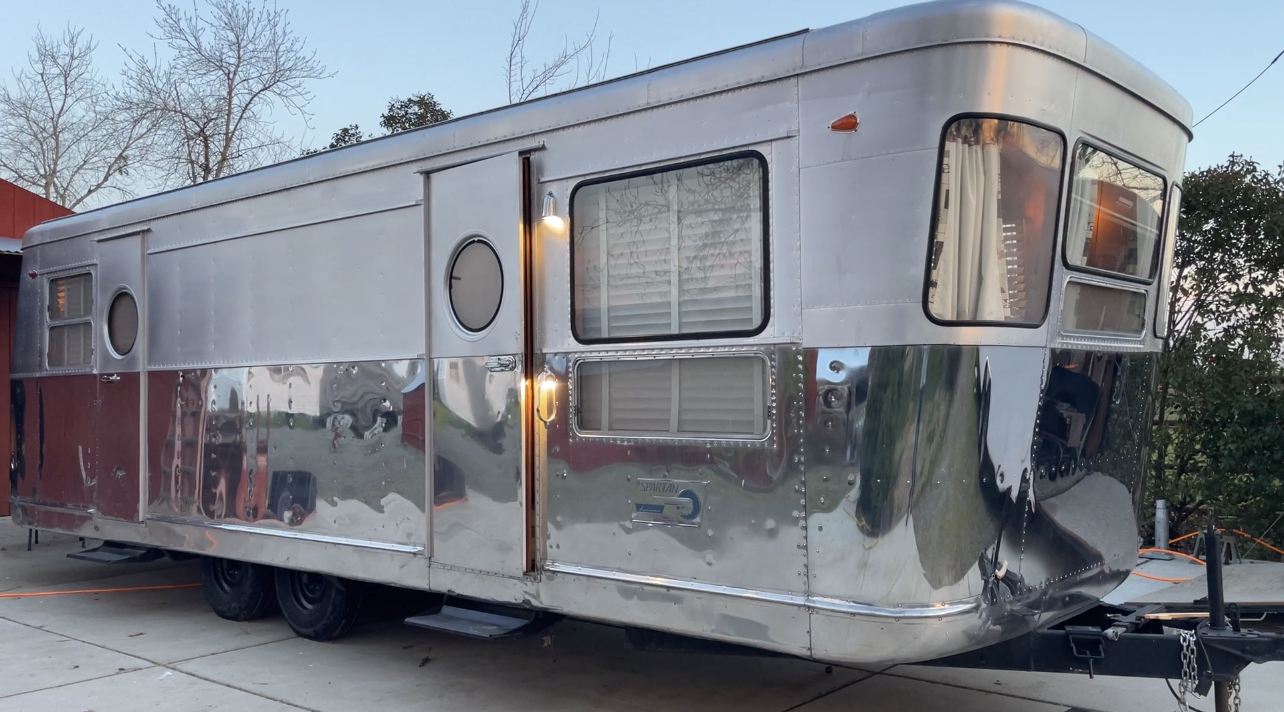When outfitting a vintage trailer, be it an Airstream, Shasta or one of many of the other brands with solar power, one of the most important—and confusing—decisions you’ll face is what kind of battery system to use. From traditional AGM to cutting-edge lithium and portable solar generators, there are many directions to go. A recent community thread highlighted just how passionate (and divided) opinions are on this topic. Here’s a roundup of the real-world experience and advice that fellow trailer owners shared.
The Original Question
A fellow vintage trailer owner posted a plea for help:
“HELP!!! Doing solar panels with inverter for our ’63 Shasta. Need batteries too—what’s y’all using?”
The response? A spirited discussion on 6V vs. 12V batteries, lithium vs. AGM, and solar generators vs. traditional systems.
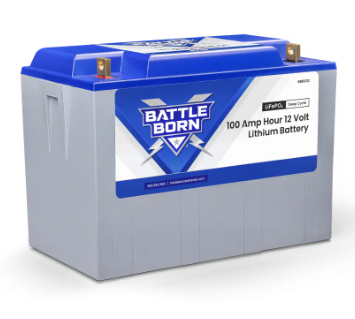
The 6V vs. 12V Debate
Billy Curtis kicked off the conversation by recommending:
“6 volt 200ah batteries—2 makes 12 volt 400ah.”
But others quickly jumped in to correct a common misunderstanding.
Gary Bell clarified:
“(2) 6V batteries wired in series makes 12V, but it’s still 200ah. If you wire them in parallel, it stays 6V but becomes 400ah.”
Greg Stahlman backed him up:
“Amp hours do not increase in series. Two 6V 200ah batteries make 12V at 200ah. End of story.”
Things got a little heated in the comments, but the takeaway is important: series wiring increases voltage, not capacity.
Greg added an insightful point later:
“The only real advantage to 6V batteries is physical size and maneuverability. Electrically, a 12V 100ah battery performs the same as two 6V 100ah batteries in series. Don’t be fooled by marketing hype.”
Experienced Advice from the Field
Paul McPhillips, with extensive solar experience, shared a more holistic view:
“Use an RV energy use calculator to estimate your needs. In my Sprinter van, I use Victron components. For our vintage Kencraft, I use a solar generator. Vintage trailers are often used less frequently, so a portable generator can be more practical—useful at home too during power outages.”
Greg Ausman agreed:
“I went with Goal Zero because it had the highest 12V output for my fridge. Most solar generators only do 10 amps on 12V—Goal Zero does 15 amps, which my Everchill fridge needs.”
David Sgambellone put it simply:
“Solar generators are the easiest way to go. Most have all the ports you need. Downside? If one part fails, the whole unit can be useless.”
Tech Talk: Battery Types
Donnie Parsell uses a LiTime 24V 100AH LifePO4 lithium battery.
Greg Stahlman uses two 12V 100AH AGM batteries and noted:
“AGMs are great if you’re on a budget. They handle constant voltage charging well and are very hard to overcharge.”
Jacob Regamey argued that lithium is now affordable:
“Lithium is cheap now. Don’t get anything else. And they all come from China—don’t pay extra for branding.”
James Raymo kept it short and sweet:
“Battle Born: game changer.”
Other Smart Tips
Billy McCarty asked the essential questions:
“What’s your budget? How many AH do you need? What’s your space and weight limit?”
Rob Bell shared his current setup:
“We are using a solar generator with panels outside.”
Gary Weaver offered a basic solution:
“Buy a 1000 amp 12 volt boat battery.”
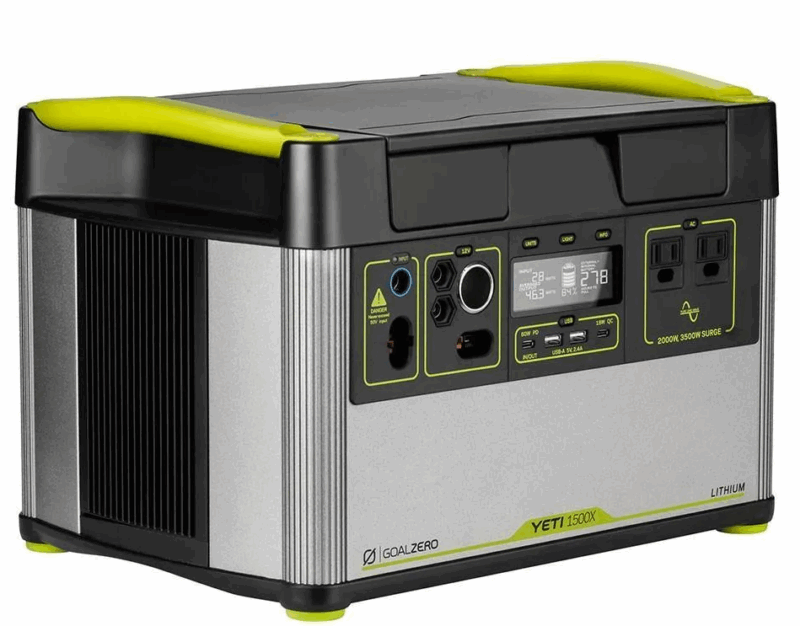
Key Takeaways for Your Setup
- Understand your actual energy needs. Use an RV energy calculator to estimate amp-hours required daily.
- Series wiring increases voltage, not amp-hours. Don’t let the numbers mislead you.
- Lithium batteries offer high performance, longer life, and lighter weight—but come at a higher cost (though prices are dropping).
- AGM batteries are cost-effective, durable, and easier to maintain for basic setups.
- Solar generators (like Bluetti, EcoFlow, Jackery, and Goal Zero) offer convenience, portability, and plug-and-play ease—but can be less efficient and harder to repair.
Conclusion
There’s no one-size-fits-all answer when it comes to powering a vintage trailer. Whether you go with traditional batteries, a high-tech lithium setup, or an all-in-one solar generator, it all comes down to how you use your trailer, how much power you need, and what kind of budget (and patience) you’re working with. Need professional advice? Contact Adam at Avalon RV in Benicia, California. Visit their website.

Whatever direction you choose, one thing’s for sure: the solar-powered trailer lifestyle is worth the effort. Happy camping—and don’t forget your multimeter.


